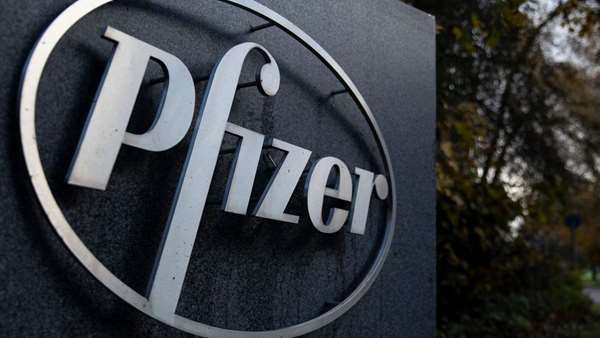Drugmakers have long studied hemophilia gene therapies, seeking to replace the infusions that people with the disease take for life to control their bleeding.
In recent years, their research has delivered clinical successes in both the “A” and “B” forms of the disease and, in 2022, the first regulatory approvals. Health authorities in Europe in August authorized BioMarin Pharmaceutical’s gene therapy for hemophilia A, while last month the Food and Drug Administration approved CSL and UniQure’s gene therapy for hemophilia B.
Pfizer has been working on a competing hemophilia B treatment, having secured access to fidanacogene elaparvovec through a 2014 deal with gene therapy developer Spark Therapeutics, which was later bought by Roche.
The experimental therapy is meant to deliver, via an engineered virus, functional copies of the gene responsible for instructing the body to make the clotting protein Factor IX. The idea is that, once infused into the body and taken up by cells, the replacement gene will cause Factor IX to be produced, restoring some of the body’s blood-clotting ability.
Results from Pfizer’s study bore that hypothesis out, showing
treated patients with moderate-to-severe hemophilia B were able to produce Factor IX levels typically associated with “mild” disease. Average Factor IX activity levels reached 27% of normal at 15 months and were at 25% after two years, suggesting the treatment’s effect may last for several years.
Treatment appeared generally well-tolerated. There were no severe adverse events associated with infusion reactions, clotting or antibodies against the Factor IX protein, Pfizer said. No deaths were reported in the study.
Two serious adverse events were linked to fidanacogene elaparvovec: a hemorrhage from an intestinal ulcer that occurred alongside steroid use and an immune-mediated spike of liver enzymes.
If the FDA were to approve Pfizer’s gene therapy, it would arrive on market second to CSL and UniQure’s rival treatment Hemgenix, which also sharply reduced bleeds and factor infusions in clinical testing. Participants in the chief study of Hemgenix had higher levels of Factor IX following treatment than Pfizer reported for its therapy, although directly comparing across trials can be misleading.
CSL and UniQure also included patients with preexisting antibodies to the engineered virus they use to develop the corrected gene, while Pfizer excluded them from its Phase 3 trial.
To Danielle Brill, an analyst at Raymond James, Hemgenix “appears superior” to Pfizer’s therapy. “As such, there should not be any risk of hem[ophilia] B patients opting to wait until [Pfizer]’s therapy becomes available before pursuing treatment with a gene therapy,” she wrote in a Thursday note to clients.
Pfizer is also developing a gene therapy for hemophilia A in a partnership with Sangamo Therapeutics, but has been held back by safety concerns. The FDA gave the companies clearance to resume testing in May. They expect to have results sometime in early 2024.
Pfizer has a gene therapy for Duchenne muscular dystrophy in late-stage testing as well.
https://www.biopharmadive.com/news/pfizer-hemophilia-b-gene-therapy-spark-bleeding/639477/




ارسال به دوستان